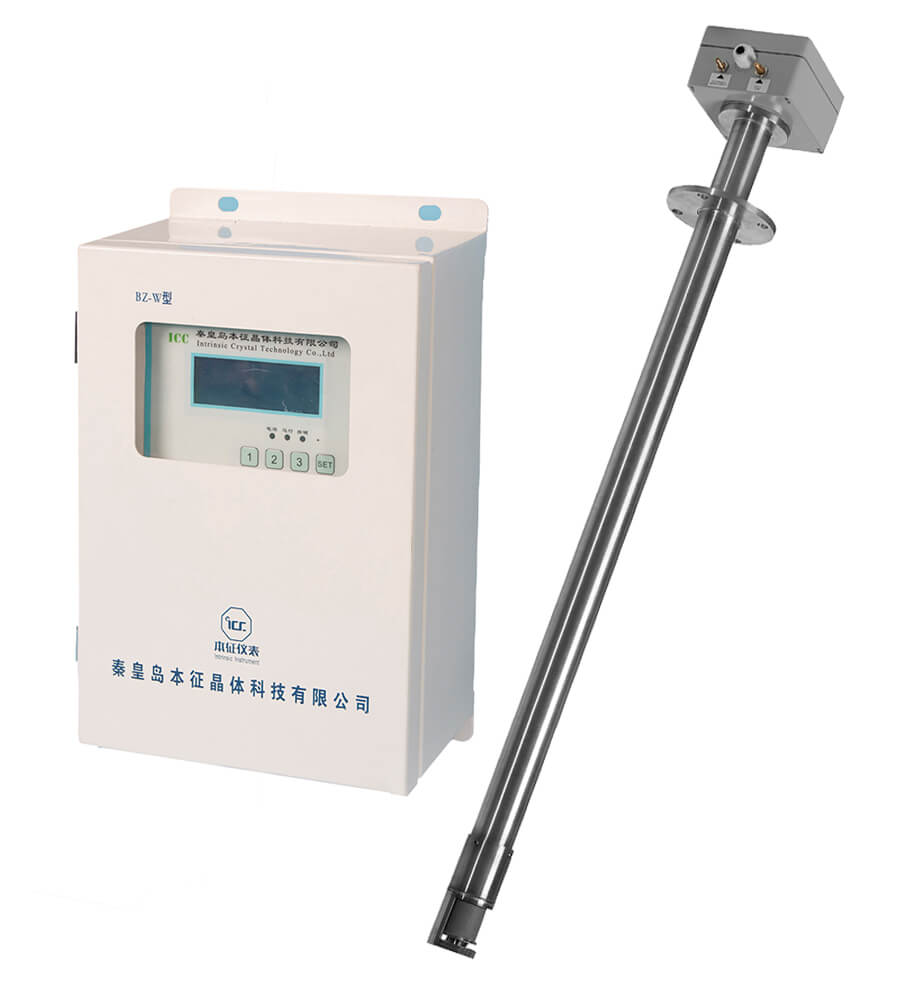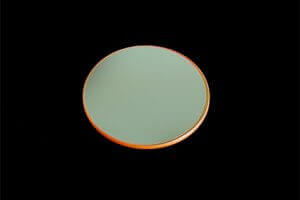-
 Zirconia Oxygen Analyzer
Zirconia Oxygen AnalyzerBZ series zirconia oxygen analyzer is mainly composed of two parts: “BZ-S probe” and “BZ-W transmitter”.
1.BZ-S probe: It is an oxygen sensor equipped with zirconium oxide battery, whose main function is to measure the oxygen content in flue gas in real time and output the corresponding oxygen potential signal data.
2.BZ-W type transmitter: one is to control the working temperature of the thermostat at the front of the probe; the other is to convert the potential signal value output from the probe into the corresponding oxygen value, and convert the oxygen value into the corresponding current value output or digital signal for transmission.
-
 FTIR Spectral Optics
FTIR Spectral OpticsAnalytical sensing detection field and medical field; light source gas cell, gas module, flame detection, water analysis, spectral analyzer, infrared temperature measurement, coal mine, medical and other fields
-
 Infrared optics
Infrared opticsInfrared optics are used to collect, focus or collimate light in the near infrared (NIR), short wave infrared (SWIR), mid wave infrared (MWIR) or long wave infrared (LWIR) spectra. The infrared spectrum falls into the 700 – 16000 nm wavelengths, with each spectral range as follows.
NIR 700 – 900nm
SWIR 900 – 2300nm
MWIR 3000 – 5000nm
LWIR 8000 – 14000nm -
 Laser Beam Combiners
Laser Beam CombinersBeam combiners are partial reflectors that combine two or more wavelengths of light — one in transmission and one in reflection — onto a single beam path. Since the 10.6 micron laser is invisible, in the actual process of laser marking, we often need to know where the focus of the laser is, so as to determine if the position of marking is correct or not. By the beam combiner, we combine the red light of the visible 650nm emitted by the diode with the 10.6 micron laser into one beam of light, so that where the 650nm red light is pointing is the position of 10.6 micron laser, thus achieving the purpose of using the red light of 650nm to indicate the 10.6 micron laser.
-
 Laser Galvo scanning mirror
Laser Galvo scanning mirrorThe Galvo scanning system, also known as a galvanometer, follows the planning approach of a galvanometer, with the lens replacing the needle and the probe signal replaced by a computer-controlled -5V-5V or -10V-+10V DC signal to complete the intended action. Whether the scanning laser system is used for marking, engraving, or micro-catheter drilling, they all rely on the oscillator to accurately position the laser beam.
-
 Laser output Coupler
Laser output CouplerLaser output lenses, also known as partially reflective lenses: Laser output lenses are mainly used in resonant cavities to ensure that the laser power and output pattern, part of the energy is reflected into the resonant cavity and the other part is output for cutting, welding and heat treatment. Widely used in CO2 and YAG laser systems.
- Crystal Material
- Lanthanum tribromide LaBr3
- Calcium fluoride (CaF2)
- Barium fluoride(BaF2)
- Magnesium fluoride (MgF2)
- Lithium fluoride(LiF)
- Silicon material(Si)
- Germanium material(Ge)
- NaI:TI
- Lithium Niobate
- Zinc Selenide(ZnSe)
- Zinc Sulfide(ZnS)
- Sapphire
- Quartz
- Laser Lenses
- Laser output Coupler
- Laser Protection Window
- Beam Combine
- Laser scanning mirror
- Laser Mirror
- Focusing Lens
- Laser Window






